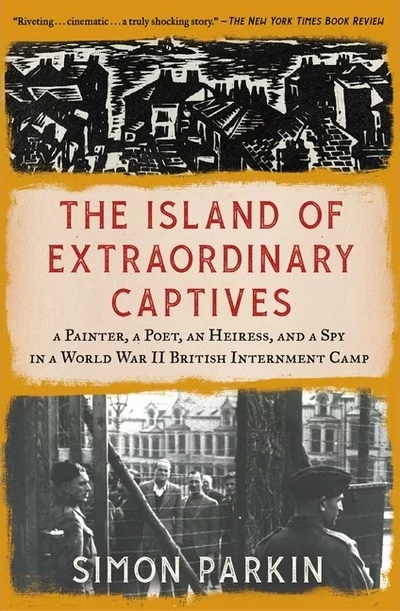
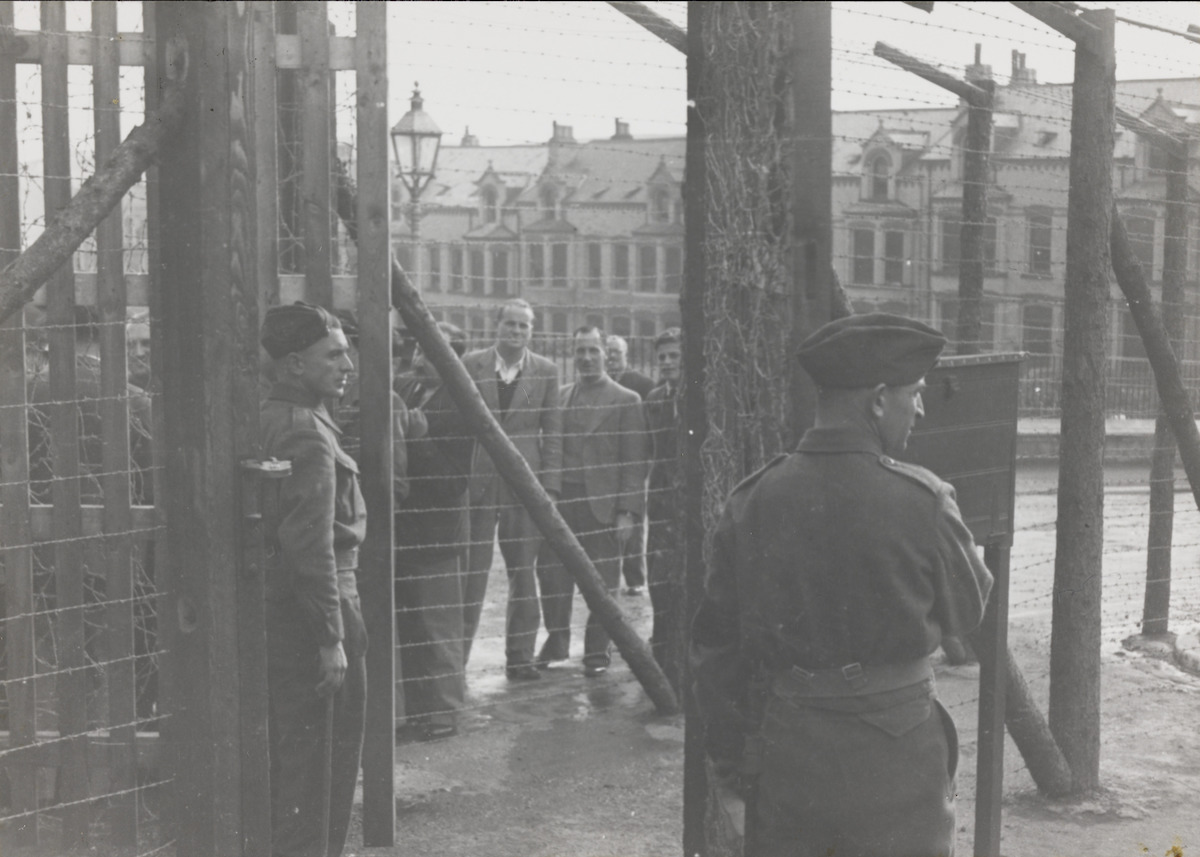
THE ISLAND OF EXTRAORDINARY CAPTIVES
Book Talk by author Simon Parkin, London
August 23, 2023 @ 12:00 pm - 1:00 pm
| FreeIn May 1940, faced with a country gripped by paranoia, Britain’s Prime Minister Winston Churchill ordered the internment of all German and Austrian citizens living in the country. Most were refugees who had come to the country to escape Nazi oppression. They were now imprisoned by the country in which they had staked their trust. More than 1,200 men were taken to Hutchinson camp, on the Isle of Man, which a group of world-renowned artists, musicians and academics turned into history’s most extraordinary prison camp. This is a story of a battle between fear and compassion at a time of national crisis that reveals how Britain’s treatment of refugees during the Second World War led to one of the nation’s most shameful missteps, and how hope and creativity can flourish in even the most challenging circumstances.
Lecture by Simon Parkin, introduced and moderated by Rachel Stern.
Image above: Internees behind the wire at Hutchinson Square, 1940
The police came for Peter Fleischmann in the early hours. It reminded the teenager of the Gestapo’s moonlit roundups he had narrowly avoided at home in Berlin. Now, having endured a perilous journey to reach England – hiding from the rampaging Nazi thugs at his orphanage, boarding a Kindertransport to safety – here the aspiring artist was, on a ship bound for the Isle of Man, suspected of being a Nazi spy. What had gone wrong?
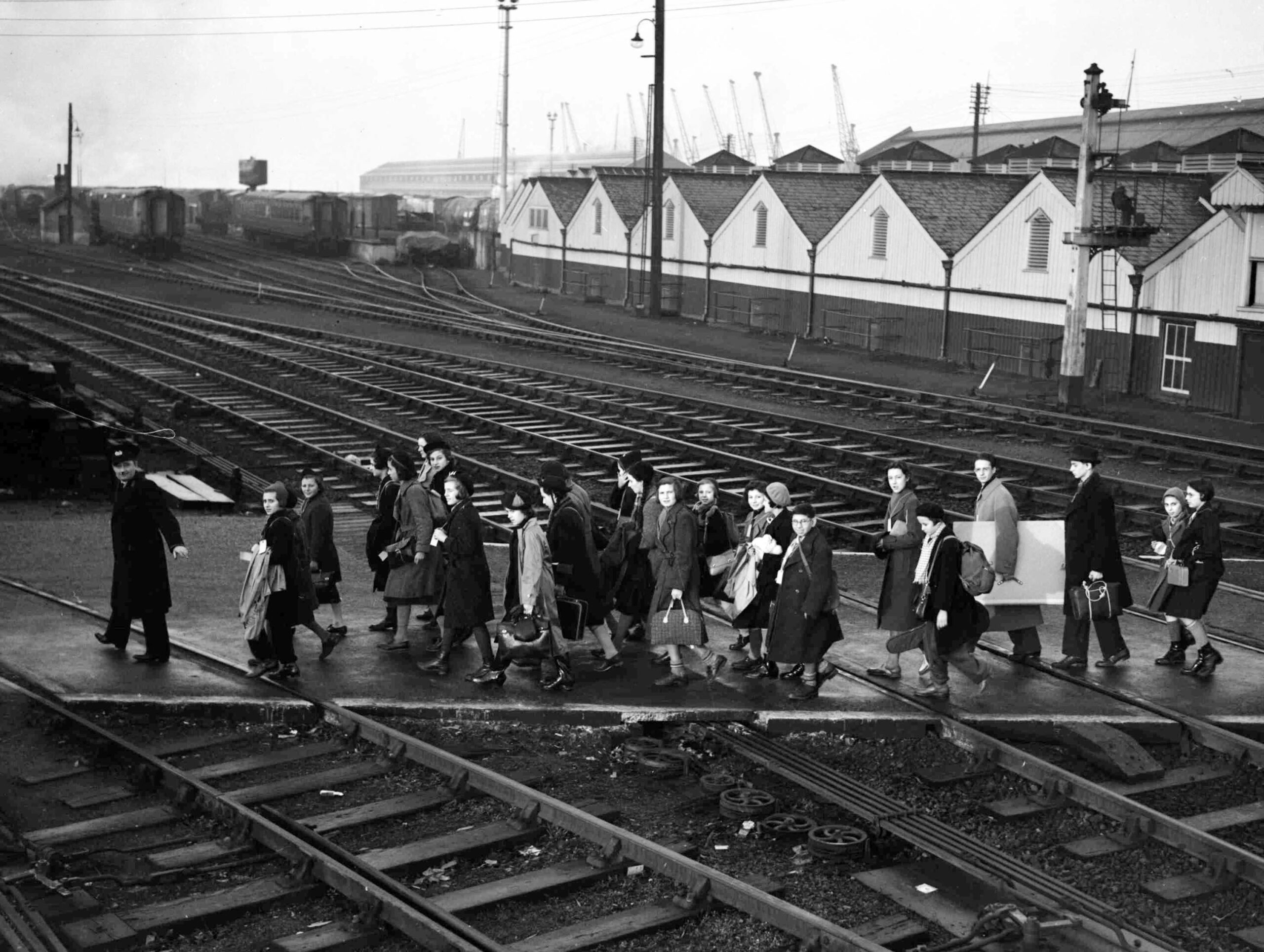
Peter Fleischmann with art folder, 2 December 1938
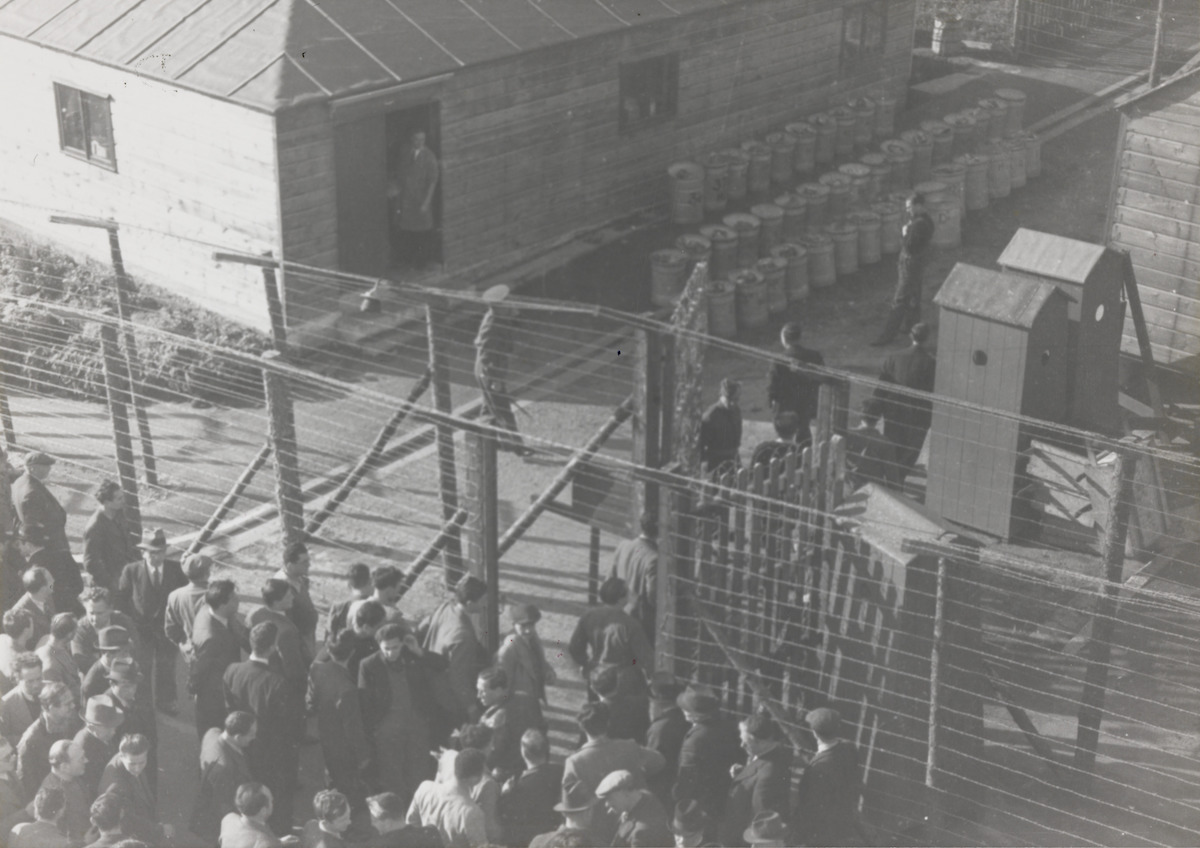
Collecting food bins
In May 1940, faced with a country gripped by paranoia, Prime Minister Winston Churchill ordered the internment of all German and Austrian citizens living in Britain. Most, like Peter, were refugees who had come to the country to escape Nazi oppression. They were now imprisoned by the very country in which they had staked their trust.
Painstakingly researched from dozens of unpublished first-hand accounts and previously classified documents, The Island of Extraordinary Captives tells, for the first time, the story of history’s most astonishing internment camp and of how a group of world-renown artists, musicians and academics came to be seen as ‘enemy aliens’.
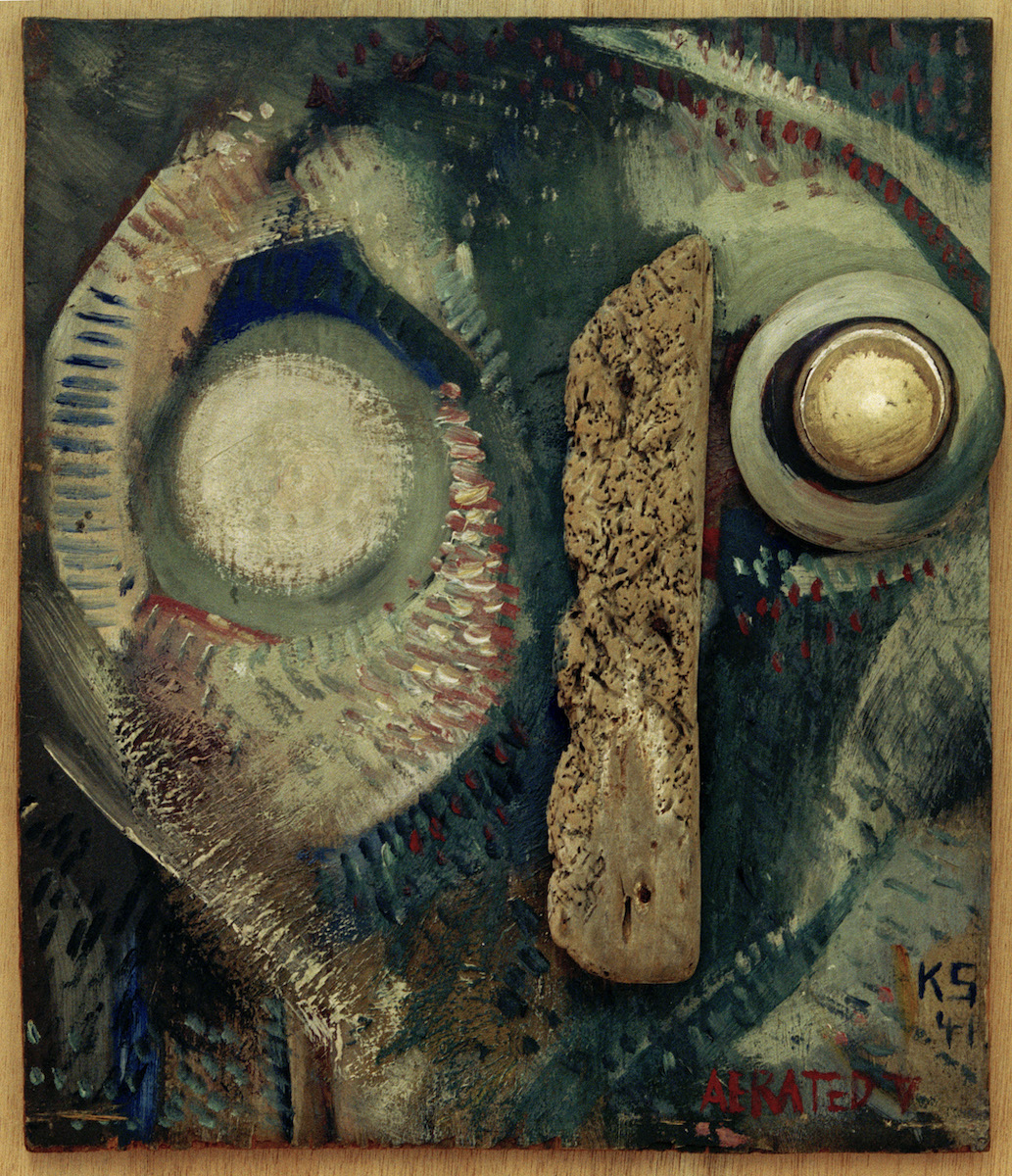
Kurt Schwitters, Aerated V, 1941
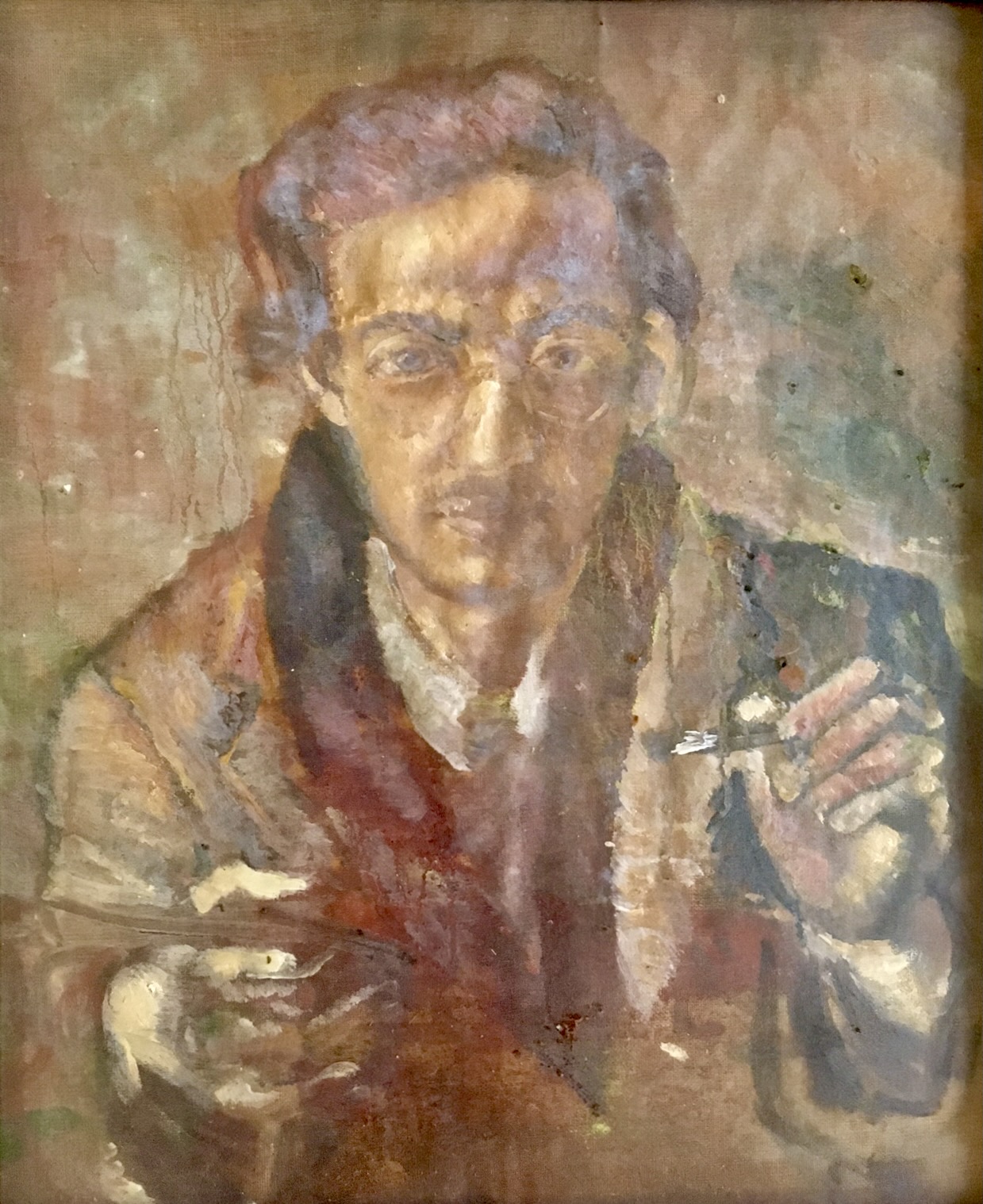
Peter Fleischmann, Self-Portrait, 1940
Simon Parkin is a contributing writer for the New Yorker, and regularly writes for The Guardian and The Observer newspapers. He is a finalist in the Foreign Press Association Media Awards and recipient of two awards from the Society of Professional Journalists. His book, ‘The Island of Extraordinary Captives’, about the Hutchinson internment camp on the Isle of Man, is a New York Times recommended read, and is the winner of the 2023 Wingate Literary Prize.
Simon Parkin, The Island of Extraordinary Captives, Scribner (November 1, 2022), ISBN13: 9781982178529
This event is part of the monthly series “Flight or Fight. stories of artists under repression,” which is organized by The Fritz Ascher Society for Persecuted, Ostracized and Banned Art, New York. Future events and the recordings of past events can be found HERE.
The Fritz Ascher Society is a not-for-profit 501(c)3 organization. Your donation is fully tax deductible.
YOUR SUPPORT MAKES OUR WORK POSSIBLE. THANK YOU.


